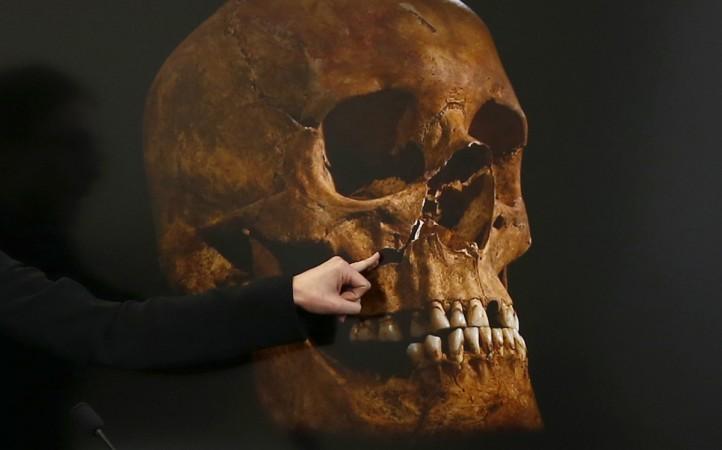
A new zig-zag pattern on a palm-sized shell drawn some 540,000 years ago has the capacity to re-write our entire understanding of human origins and art.
The new 'drawing' is reportedly 300,000 years older than any other marking made by a human or a Neanderthal. The pattern was found by an Australian researcher, Dr. Stephen Munro, from the Australian National University.
"It rewrites human history. This is the first time we have found evidence for Homo erectus behaving this way," said Dr Stephen Munro.
The shell was found along with bones of what appeared to be of an ancient human on the banks of the Solo River in Java, Indonesia. The site was excavated in the 1890s and was famously known as the home of "Java Man" or "Homo erectus"
Munro identified the shell and his research was published in the journal Nature this week.
He said that this engraving can change our understanding of our early ancestors. It looks similar to the markings that were earlier touted as the oldest made by humans or its cousin species Neanderthals. The oldest marking before this finding dated from 100,000 years ago, The Independent reports.
Researchers are not sure as yet whether the ages old rock was just a decorative piece or did it serve a more practical purpose.
Researchers believe that one of the reasons for Homo erectus scrapping out mollusc shells would be to use them as tools. One of the specimens that they studied looked like it had been modified. When studied under a microscope, it was seen that the shell had been sharpened with hallmark striations from contact with a hard material.
"It's strange to see a zigzag pattern on such old fossil shells...The shell tool has a knife-like edge, so we assume that it was used for cutting and/or scraping," said Josephine Joordens, a marine biologist and archaeologist at Leiden University in the Netherlands, Smithsonian.com reports.








